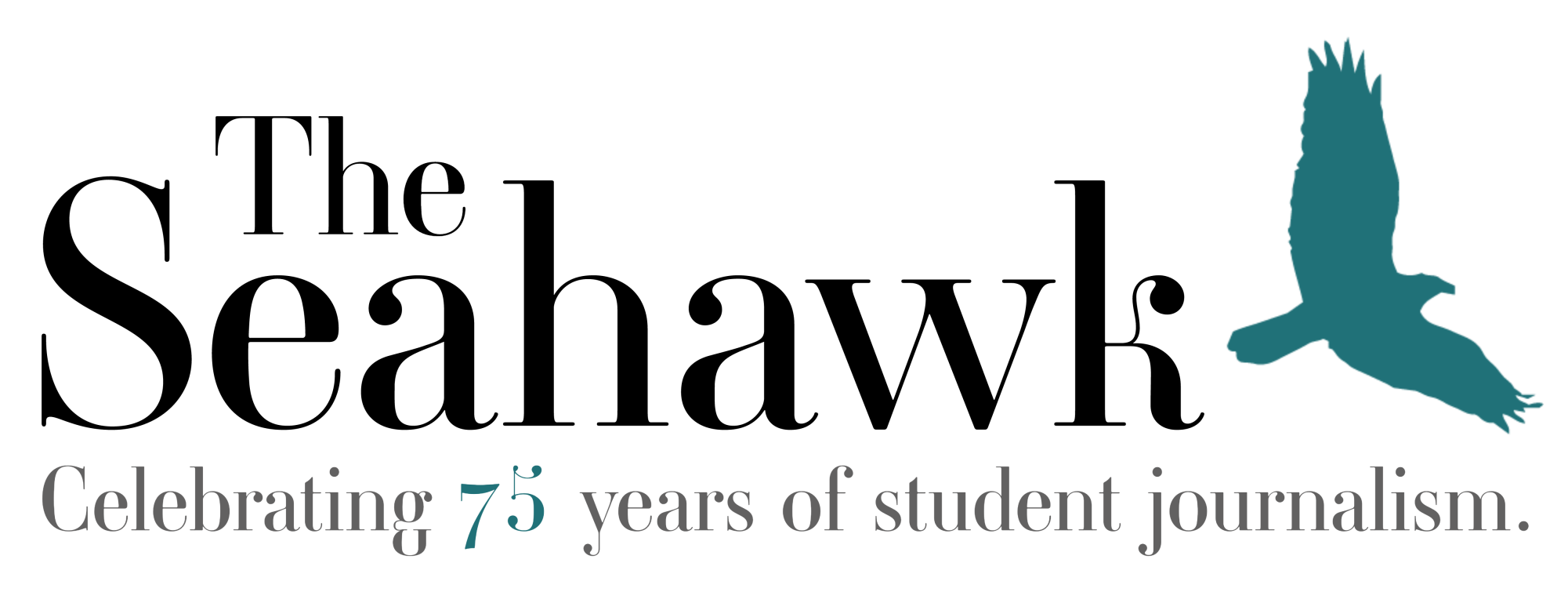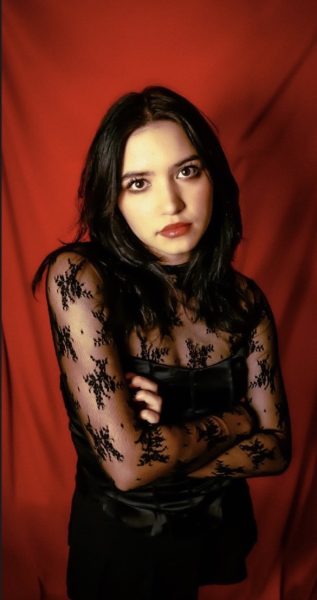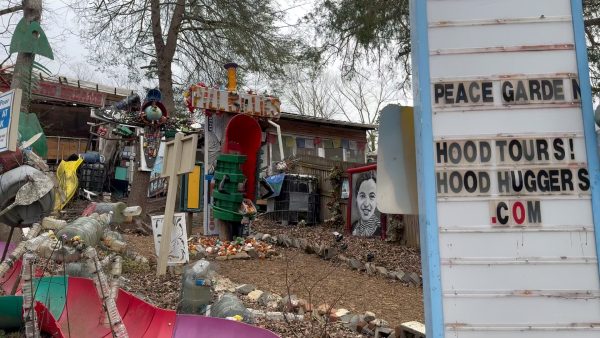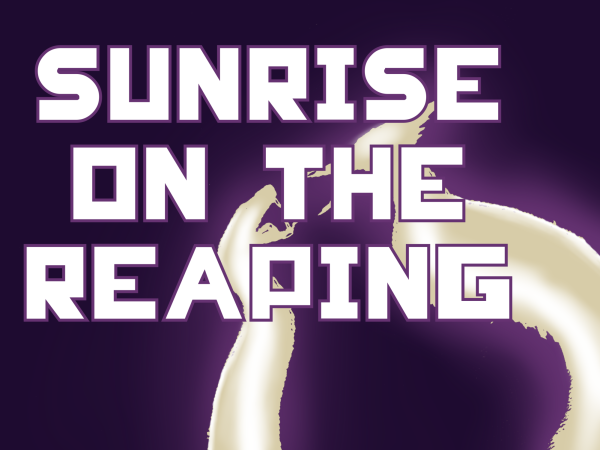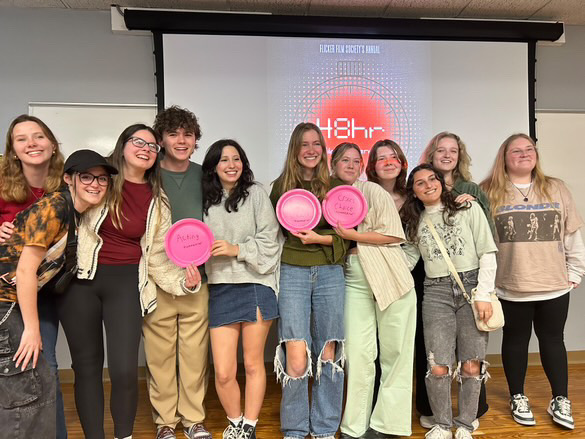A Q&A with Maureen Johnson, author of “Truly Devious”
During The Seahawk Summer Book Club in 2018, a novel was reviewed called “Truly Devious.” After months of following along with the characters of the “Truly Devious” series, extending the book club into the winter months, The Seahawk was able to have an interview with the writer of the series, Maureen Johnson.
Johnson is a New York Times Best Seller in the young adult category and has written four books series, also including “The Shades of London,” “The Scarlett Series,” and “The Blue Envelope.” Johnson has collaborated with many authors, such as John Green and Lauren Myracle on “Let It Snow,” which is also a New York Times Best Seller.
Along with having many writing accolades, Johnson’s take on writing is interesting and unique. Her love of mysteries is captivating. Her interview further provides information into her writing process and how she crafts a story to create a great modern mystery series.
Q. Why did you decide to incorporate examples of negative and positive spans of mental health for the characters in this book? How do you believe perceptions of mental health in media, such as YA books, can be helpful for teenagers?
A. I absolutely do think it’s helpful. Mental health is health, and health is always a situation in flux. Many, many people have anxiety and depression, or other issues. It’s just a part of life for them. For me, anxiety has been an issue, and the way I have worked with it is to accept it as a part of me. I do stuff with it. It’s just there.
Q. Most of these characters are very distinct because of their abilities, fashion sense, ability to get into trouble, etc. Where did you find inspiration for the main characters of the book?
A. Well, there’s Nate, the writer. That one was easy. I gave him some lines from the writing life. Janelle is a maker. I know makers—people who build constantly, who get parts, who love tools and wires and bits and creating. Ellie is the artist and Hayes the actor. I went to theater school. I work in the arts. Everyone here is familiar to me, and David is the computer programmer who makes video games. This I got from my husband, who makes video games. So, basically, I went around and stole bits and pieces, like a magpie. But also, I was doing the classic setup, like Clue, or any country house mystery—the actor, the artist, the writer, the inventor, dark horse scientist, and the detective, Stevie. This is a detective story, first and foremost!
Q. Were you a big fan of the mystery genre before you wrote the book, or did you learn more about it as you were writing? Did you learn anything that you decided not to put in the book but found interesting?
A. Oh, definitely. As a kid I was a mystery obsessive. Mysteries were my food, and as an adult, I’ve only expanded. This is a good time to be into mystery and true crime. There’s so much for us to read and listen to. When I set out to write this book, I wanted to write a proper mystery—one with a detective, one with clues placed along the trail, one where everyone can play along. And the country house mystery is one of the most fun, in my opinion. “Truly Devious” is all about the game of the mystery. The country house mystery is about a single, distinctive place—kind of out of the way, so the cast of characters, and therefore the list of suspects, is clear. We know the layout. We know who might be involved. And, because the characters usually stay at the location even after the first murder, there is always the potential for more. The country house keeps it contained and gives the reader a chance to get to know all the variables.
When you work on a book that involves research, you learn so much stuff. You use very little of what you take in. You’ll read entire books and maybe just need one small fact. There’s so much I learned about. Here’s one thing about a wood expert: There were several high-profile kidnappings in the 1930s, the most famous of which was the Lindbergh kidnapping. It’s amazing to see how crime scenes were handled. The Lindbergh crime scene had people walking all over it, and a complete stranger, a civilian, did the negotiations with the reported kidnapper. It was completely bananas how the thing was handled. They literally sent some guy who said he was willing to do it. And yet, that case turned on a piece of wood. A single piece of wood. Arthur Koehler, from the Forest Products Laboratory, took the ladder found at the crime scene and methodically traced it back to where it was produced, and from there to where it was shipped, and finally to a cut beam in the attic of Bruno Hauptmann, who was convicted and executed for the crime. This was an incredible piece of work. Nobody had seen anything quite like it. That case is an amazing mix of bizarre encounters and brilliant scientific work.
Q. Ellingham Academy seems like a perfect place for readers with big aspirations and curious spirits. When you were younger, did you dream of attending a school like this?
A. I would have, if I had any sense that they existed. Ellingham is a creation of my imagination, though I am certain there are schools out there that it resembles.
Q. Dottie Epstein cites Maria Montessori and John Dewey in the series. What aspects of their ideologies did you decide to incorporate into your creation of Ellingham?
A. I’m laughing because I know very, very little about them. I knew enough to write that sentence. See above note about research. The pedagogy underpinning Ellingham is just a small part of the stitching, but the connection was interesting.
Q. Politics are at the forefront of this book in many instances. How would you say the political arena has shaped your character, Edward King, and Stevie’s parents?
A. Quite a lot. We live in extreme times, and detective novels are about cracking puzzles and righting wrongs. It’s very natural that Stevie wants to look at what’s going on and do something about it.
Q. And finally, If you could give aspiring writers one piece of advice what would it be?
A. Don’t be afraid to fail. To do it wrong. To write badly. Everyone writes badly on the way to writing well. All writers have to write bad drafts before good ones, loads and loads of them. Writing badly is a natural and correct part of the process. Never, ever be afraid of it. It’s all part of learning.
_
This interview has been edited for clarity.
